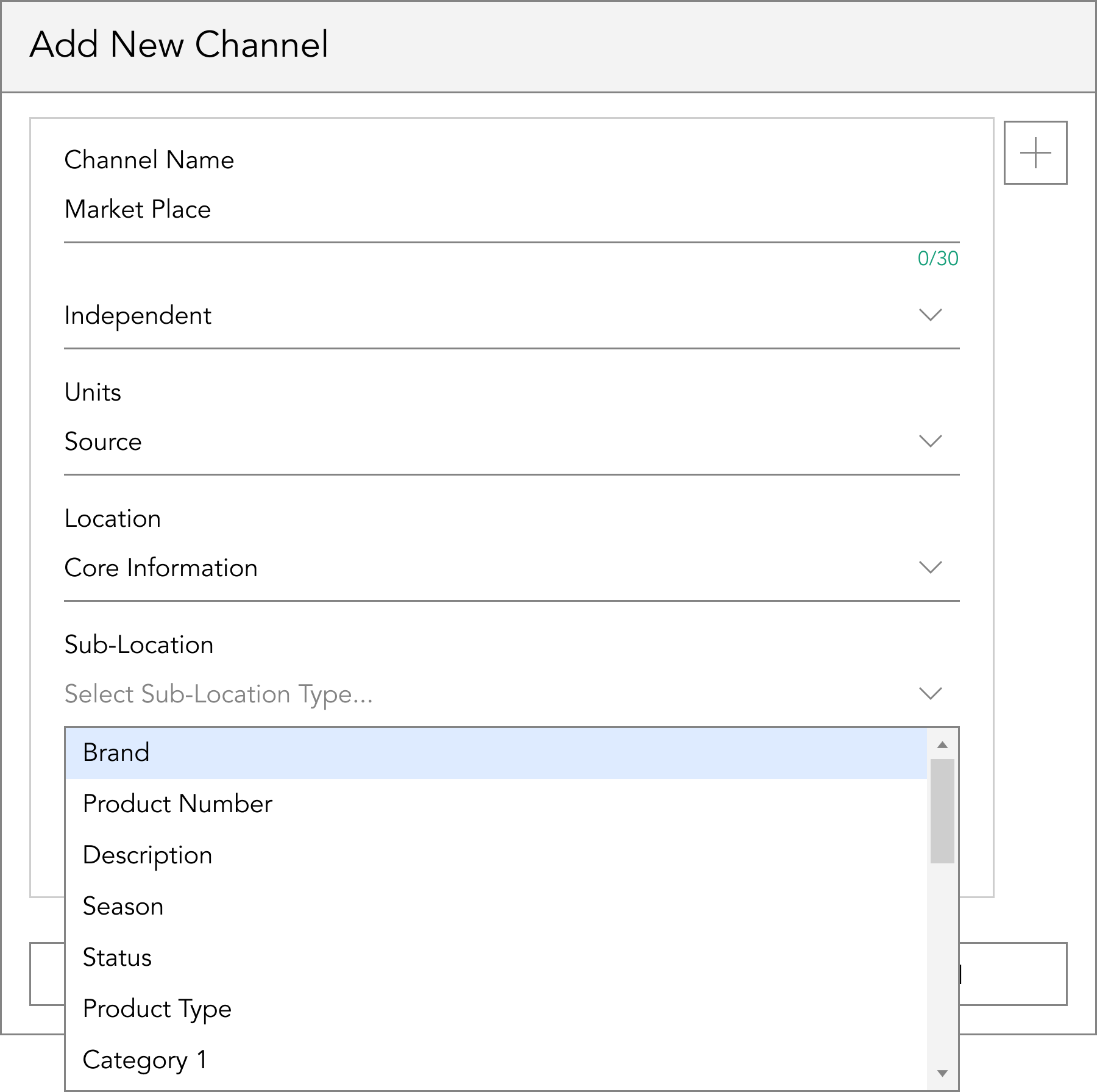However, creating a merchandise financial plan using spreadsheets can be time-consuming. It often takes weeks to update and synchronise changes across multiple areas. Teams without accurate information face the risk of having too much inventory and incurring the costs of overstocking.
They also risk having an insufficient stock of popular items. Both scenarios can cause merchandise planning that cannot meet financial targets. Merchandise Financial Planning (MFP) is a process whereby retailers align their financial objectives with detailed plans. Traditionally, a merchandise financial plan involves:
- Predicting demand
- Ensuring inventory matches that demand
- Accomplishing these goals within the company’s financial framework
Revise Sales Goals and Establish Margin Objectives
Teams often find themselves overwhelmed by a deluge of data and the chaos of spreadsheets. This leaves them with limited time and visibility to conduct the analysis for creating merchandise finance plans. These plans accurately reflect investment decisions and align merchandising strategies with financial goals.
Achieving alignment across teams and data becomes critical in such situations. To start the process, begin by incorporating last year’s sales figures into this year’s forecast. Make necessary adjustments to the new targets. Implement top-down, middle-out, and bottom-up planning approaches to ensure alignment across all business levels. This enables teams to collaborate effectively and turn the agreed-upon targets into detailed plans.
Precise Forecasting
Many companies handle vast quantities of SKUs. They span various collections, stores, channels, and geographical locations. Managing such complexities poses multiple challenges for planners, buyers, and merchandisers.
Introducing new products with conditions, such as price, distribution, and timeframe, increases difficulty. The retail industry is constantly changing, creating an interdependent merchandising process. This complexity presents significant difficulties in achieving accurate retail financial planning.
A merchandise financial solution can assess past strategies with its data analysis. Incorporating AI technology guides decision-making. The system provides insights on purchasing, investment, and development. This ensures that product assortments are positioned appropriately.
This helps to maximise business performance. It also allows teams to gain a deeper understanding of customer demand and maintain a competitive edge.

Optimising Stock through Scenario-Based Approaches
Amidst increasing complexities and real-world uncertainties, constructing a merchandise financial plan becomes crucial. Leveraging powerful data insights and historical data to generate reliable expected demand predictions is essential.
Generate scenarios effortlessly and create various versions that account for diverse complexities. By employing scenario-based stock and seasonal plans, teams can assess the potential impact of even minor changes.
This approach reduces the time spent on aggregating data. It also allows more focus on interpreting organised, qualitative data during merchandise planning.
Planning
A robust merchandise financial plan, supported by a retail planning solution, allows merchandisers to work with detailed analytics. This ensures accurate product allocation and eliminates overproduction. It also optimised stock levels and facilitates precise store replenishment.
Accurately predicting future demand for upcoming seasons is complex. Particularly for entirely new items without historical data. This is where an open-to-buy budget (OTB) proves valuable. With an OTB plan, merchandisers can exercise inventory control through allocation and replenishment strategies. They purchase in small, frequent quantities to maintain positive cash flow and avoid tying up funds in slow-moving inventory.
Pre-season and in-season targets are interconnected. This serves the dual purpose of meeting customer demand and maintaining flexible, optimised inventory levels. This ensures customers can purchase desired products, while the inventory remains fluid and adaptable.
Omnichannel Merchandising
Customers demand access to products through various channels. These channels include in-store, online, or via click-and-collect services. To meet these expectations, a robust omnichannel merchandising strategy becomes imperative.
It ensures optimal inventory levels are maintained across different locations and channels. By crafting a comprehensive merchandise strategy, businesses can implement both top-down financial plans and bottom-up channel plans. This approach provides a holistic view, allowing them to manage inventory levels while adhering to the merchandise plan.

Advantages of Merchandise Financial Planning for Your Company
Stay ahead of the competition by investing in a planning solution developed by retail and fashion experts. The benefits of an accurate MFP are listed below.
For Merchandise Planners:
- Reduce manual tasks: Eliminate spreadsheet chaos and save time while gaining valuable insights.
- Enhance forecasting accuracy: Increase sales and minimise markdowns with detailed forecasts across products, categories, and channels.
- Streamline assortment planning: Cascade sales targets into product ranges and assortments. This identifies areas for strategic investment.
- Optimise inventory management: Efficiently calculate the volume of inventory to purchase, ensuring the right amounts to meet demand.
For the Chief Financial Officer:
- Boost margins: Reduce waste through improved forecasting, plan assortments that sell at full price, and foster business growth.
- Improve cash flow: Accurate forecasting and allocating in small increments reduce costs associated with overbuying and enhance cash flow throughout the business.
- Gain flexibility: With optimised inventory levels, retailers become more agile and adaptable to external factors beyond their control.
- Enhance employee satisfaction: By minimising employee stress related to spreadsheet chaos and outdated information, team members can focus on their tasks more effectively.
In conclusion, merchandise financial planning is vital for retailers to align their objectives with detailed plans. Embracing merchandise financial planning enables effective collaboration, meets customer demands, and drives business growth.